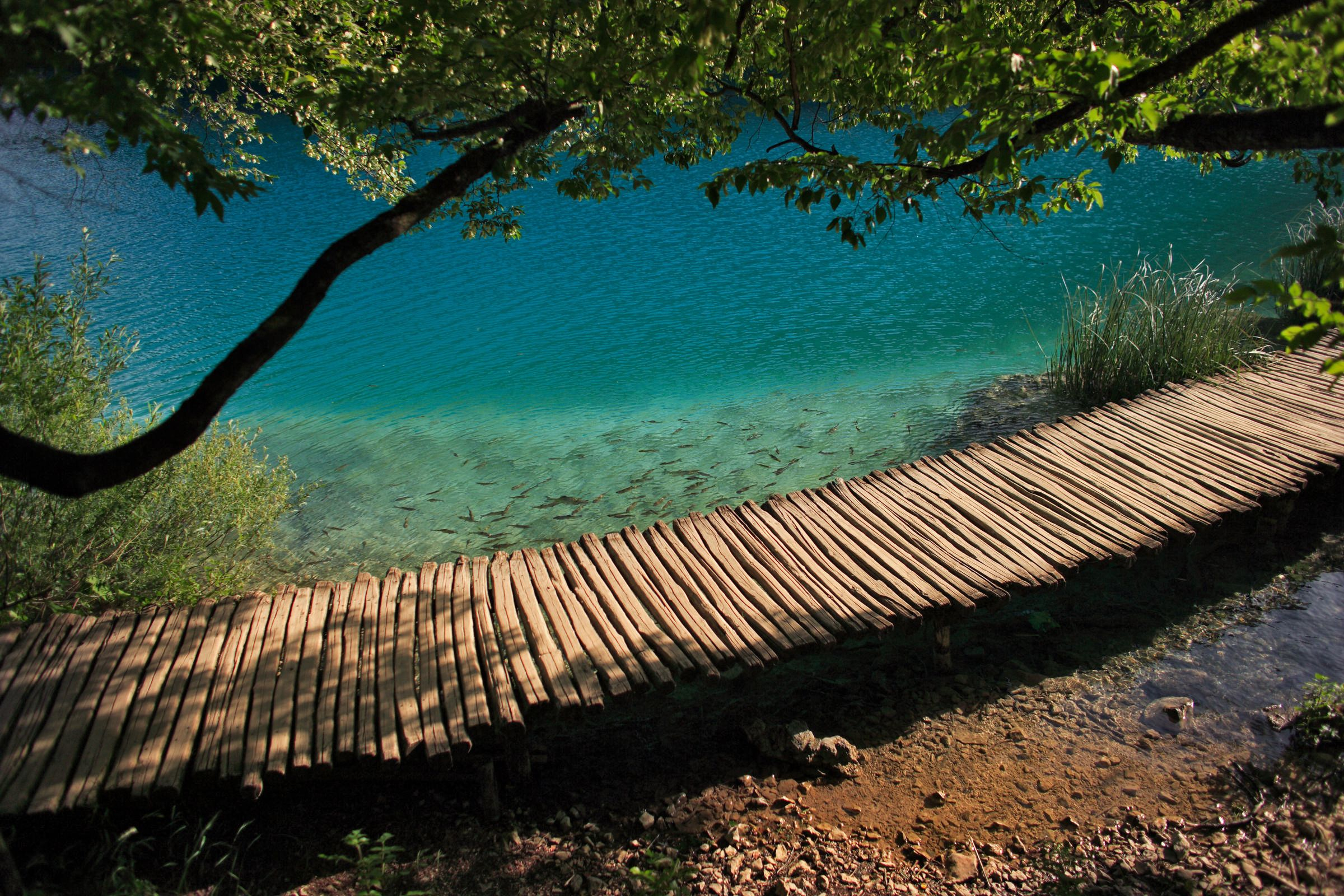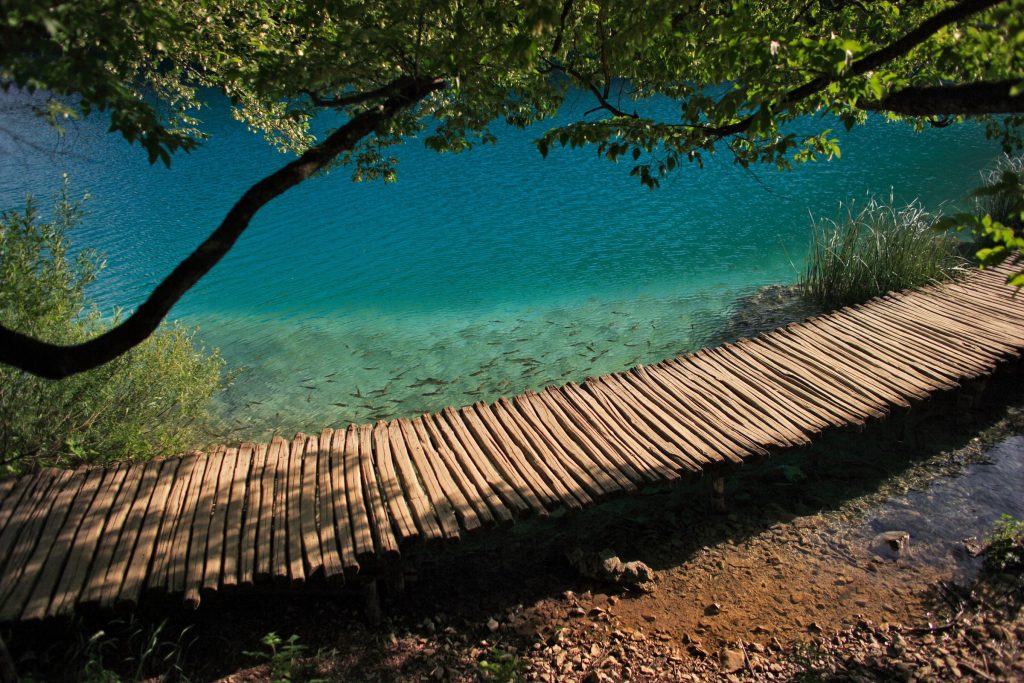
Does Croatian agriculture really take enough advantage of the country’s enviable water wealth? If your answer is no, you’d be correct.
As Novac/Marina Klepo writes on the 6th of June, 2020, the Republic of Croatia irrigates a mere 2.5 percent of its agricultural land and according to this criterion is at the very back of the European Union (EU), according to an analysis by the Smarter consulting company.
According to EU statistics, the average share of irrigated areas in the EU27 (excluding Germany and Estonia) stands at 6.7 percent, while at the level of Mediterranean countries – it is as high as 12.5 percent.
Back in 2005, long before EU entry, the Croatian Government approved the National Project for Irrigation and Agricultural Land Management, which envisaged irrigating 65,000 hectares of land by the end of 2020, equal to about 6 percent of arable agricultural land.
However, that plan has still not been fulfilled “and shows all the illogicalities of investing in this project and Croatian agriculture”, they note from Smarter. Out of a total of 4.5 billion kuna planned for a fifteen year period, around 1.3 billion kuna was invested in the construction of this system, and a negligible number of farmers are still connected to it all.
Croatian farmers haven’t yet developed enough of an awareness that irrigation is one of the key reclamation measures that is necessary due to climate change to increase yield levels or at least keep them maintained at their existing levels. The low interest in general has also been heavily influenced by the high prices of equipment and connections to the systems, among other factors. At the same time, there is enormous potential for the development of Croatian agriculture, including significant reserves of perfectly clean drinking water. In terms of wealth and availability of water resources per capita, Croatia ranks fifth in Europe and 42nd in the world.
Jan de Jong, a Dutch investor and entrepreneur who moved from the Netherlands to Croatia back in 2006, recently wrote on his LinkedIn profile that he had Spanish and Croatian strawberries in front of him at Lidl.
”Guess which ones I bought?” he wrote.
If a small country like the Netherlands can be the second largest exporter of agricultural products to the world, de Jong wonders, why would Croatia not be third in the world, given that it has an excellent climate and unused arable land almost the size of the Netherlands as a whole. He added that with the right investments in technology and knowledge, Slavonia’s contribution to Croatia’s GDP through agriculture could be greater than that of tourism.
For more on Croatian agriculture, follow our dedicated business page.








